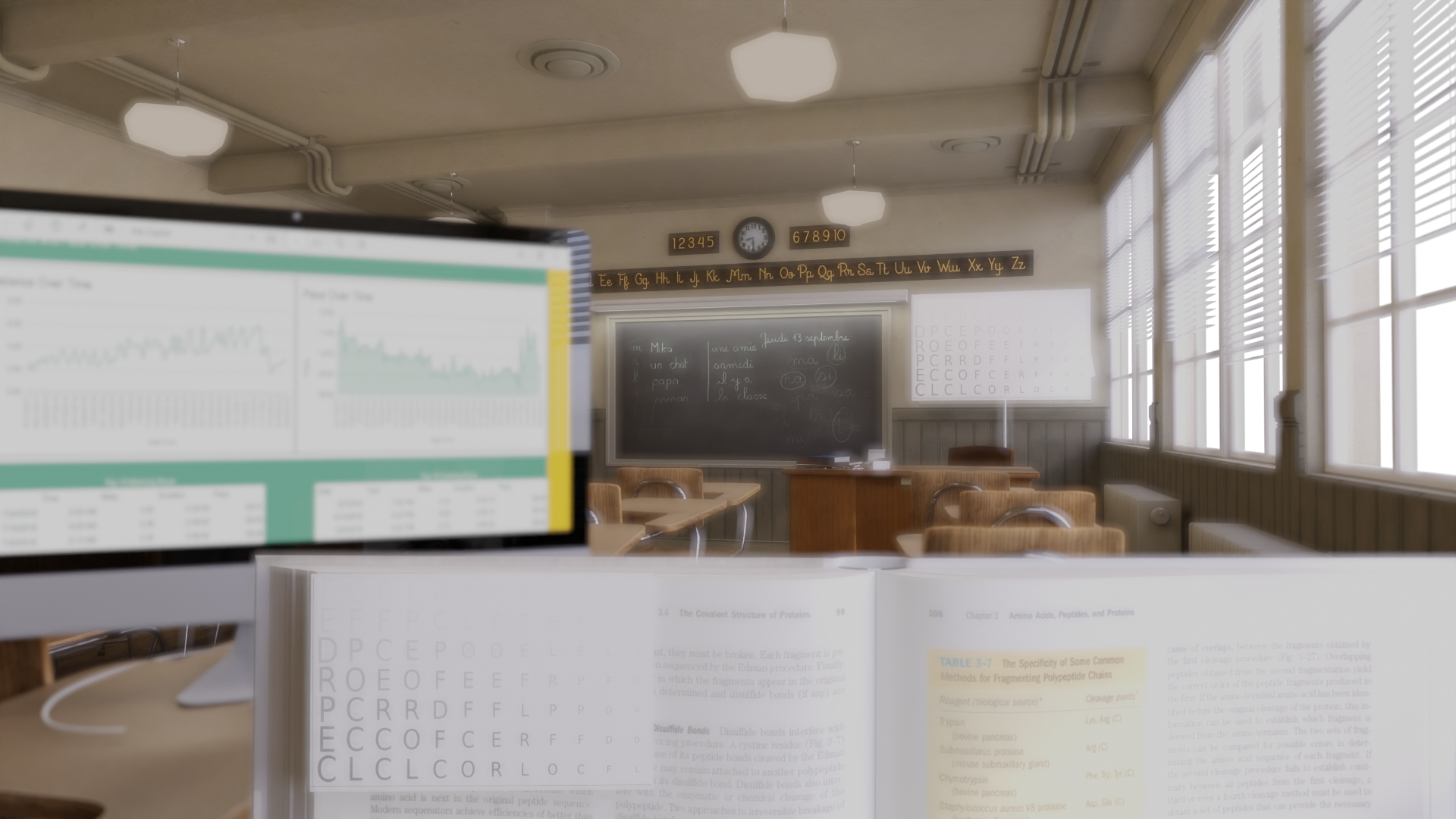THE LONGEST SIGHTLINE ON EARTH
Travel at 32 times the speed of sound across a breathtaking 443 km straight-line journey from Pic de Finestrelles in the Spanish Pyrenees to Pic Gaspard in the French Alps. This is the farthest distance ever photographed on Earth’s surface.
Driving through the prairies can seem boring. The road is fairly straight, the terrain is flat, and the scenery repetitive. But during these drives, there is one thing that always seems to captivate me: trying to determine how far off into the distance I can see, since all the things that make the drive tedious are also the conditions that favour long sightlines. With no mountains, trees, or other blockades in the way, the earth's natural curvature seems to be the only variables in play. So, after some simple geometry, one can figure out that the horizon is about 4.7 km away. Is that far enough to be impressive? If you think of standing on the start line of a 5 km running race, and if the route is perfectly straight and flat, it is kinda cool that one should be able to just barely see the finish line from the start line. So I guess that's pretty impressive. But, are there further sightlines on earth?
If we include another variable, in addition to the curvature of the earth (which essentially is constant), and increase the height of the observer, we most definitely can increase our maximum line of sight. If I take the elevator to the top of the Bow Tower in downtown Calgary (58-story skyscraper) and look out, the elevated position will assuredly allow me to see a whole lot further. Some additional calculations suggest my longest sightline (the horizon) would be 10x longer from this high up vantage point than it was on flat ground, at about 54 km. On a clear day, one could see the town of High River from the top of the Bow. Now that is pretty impressive. So the higher up the observer is, the further the horizon is, and the longer the sightlines are. So the next logical question is: how far could a person see from the top of Mt. Everest? The answer: 336 km, which is like seeing Calgary from Edmonton, which is definitely impressive. But crazy enough, that is not the furthest sightline on Earth.
See, all the examples above are limited by the curvature of the earth, and that is why the horizon seems to be the limiting factor. But there are two additional variables in play that can allow for some truly amazing sightlines: the height of the target and the temperature of the air.
The height of the target is intuitively obvious, as we all realize we can see Calgary's skyline from way further away than 4.7 km. In fact, Calgary's skyline can be seen at least 50 km away since the height of the city's buildings allow them to "peak" above the horizon (essentially the opposite direction of the sightline from the top of the Bow tower), allowing for a fairly significant increase in sightline length. The taller the target, the further behind the horizon it can be and still have its top visible.
The air temperature variable is not quite as intuitive, but it really is simply a real world example of a concept all spectacle wearers rely on daily: refraction. Refraction allows for light passing through a medium of different densities to bend and focus in predictable ways. The medium in a pair of spectacles is glass, and the glass is shaped in either a convex or concave manner to help focus light into a person's eye based on if they are nearsighted or farsighted. Light doesn’t only bend through lenses, it also bends through air. If the atmosphere's density gradient is just right, it can actually cause light to curve along the Earth’s surface, extending how far we can see. This happens when cooler air hugs the ground and warmer air sits above it, creating the ideal conditions for bending light downward. Flip the temperature layers (hot air near the surface and cooler air above) and the light bends upward instead, creating optical illusions like mirages in the desert. Want to see what happens when this effect is pushed to its theoretical extreme? Check out Part 2: How to Theoretically See Mount Everest from the USA Without Breaking Physics.
So to recap, a tall vantage point, a tall target, proper air temperature, and a clear line of sight are all requirements for maximum viewing distance. By plugging all this information into a computer and cross- referencing it to a map of the world, we can determine the line of sight from Mt. Dankova in Kyrgyzstan to Hindu Tagh in China, is the longest sightline on earth at a whopping 538 km. Now that is only theoretical, as it has never been proven by photograph. The furthest photographed sightline in the world is 443 km, from Pic de Finestrelles in the Spanish Pyrenees to Pic Gaspard in the French Alps, almost 100x further than what can be seen driving along the prairies and staring at the horizon.
You may be wondering: how does 20/20 and the observer's visual acuity play into all of this? Well visual acuity tells us what the minimum size an object has to be before the observer can see it at a given distance. So if you have 20/20 vision and are looking out at the horizon (on the prairies, 4.7 km away) an object would have to be at least 1.37 m tall (and wide) for it be seen, or else it would be invisible. And if one was to place a standard eyechart “E” on top of Pic Gaspard, how large would it have to be to be legible from Pic de Finestrelles? 644 m in height and width, large enough for some of Calgary’s largest buildings to rest upon.
Want to make sure your eyes can take in Calgary’s clearest views? Book an eye exam with Calgary Vision Centre—downtown Calgary’s go-to clinic for professionals who value clarity.
Dr. Robert Burke is an optometrist, technophile, and innovator passionate about blending next-generation technology with patient care. At Calgary Vision Centre, he pioneers advanced diagnostic tools and customized vision solutions for Calgary’s professionals. When he’s not perfecting sight, he’s diving deep into the latest tech, exploring how innovation can reshape eye care.
























